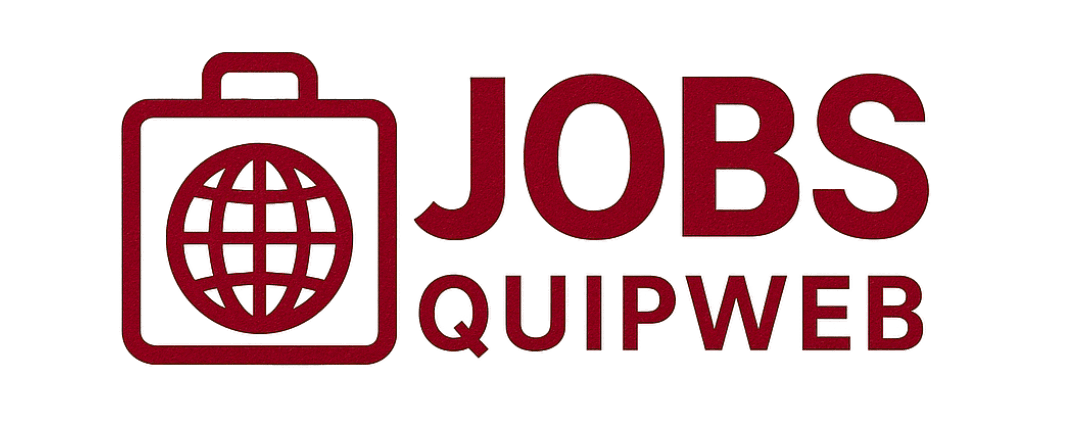Creating a Professional Portfolio for Job Interviews is key to landing that dream job. I know how important it is to showcase your skills and creativity in the best light. In this article, I will share essential tips on how to build a standout portfolio. You’ll learn about the key components to include, the importance of visuals, and how to design a portfolio that speaks to employers. Get ready to enhance your personal brand and make a lasting impression!
Essential Elements of Creating a Professional Portfolio
Key Components to Showcase Your Work
When Creating a Professional Portfolio for Job Interviews, it’s crucial to highlight the right components. Here’s what every portfolio should have:
- Introduction: A brief about me, my skills, and what I can bring to the table.
- Work Samples: Projects that show my best work, including reports, designs, or videos.
- Testimonials: Quotes from clients or colleagues that speak to my abilities.
- Resume: A clear timeline of my work history and education.
These components create a strong foundation that effectively tells my story, giving potential employers a peek into my capabilities and experiences.
Importance of Visual Portfolio Elements
Visual elements can make or break my portfolio. Using images, graphs, and charts can really bring my work to life. Here’s why they matter:
- Attract Attention: Bright visuals catch the eye and keep viewers engaged.
- Clarify Information: A picture can say a thousand words, explaining complex ideas simply.
- Showcase Creativity: A well-designed portfolio reflects my style and creativity.
By incorporating these visual elements, I can present my work in a way that resonates with viewers.
Tips for an Effective Portfolio Presentation
Presenting my portfolio is just as important as the content itself. Here are some helpful tips:
- Keep it Simple: A clean layout helps my work shine. Too much clutter can distract from my achievements.
- Tell a Story: My portfolio should flow like a story, with each piece connecting to the next, showing my growth and journey.
- Practice My Pitch: I need to be ready to talk about my work. Practicing what I’ll say can help me feel confident during interviews.
| Tip | Description |
|---|---|
| Keep it Simple | Use a clean layout to highlight your work. |
| Tell a Story | Connect each piece to show growth. |
| Practice My Pitch | Be ready to discuss your work confidently. |
With these tips, I can make a lasting impression during interviews.
Portfolio Design Tips for Job Interviews
Choosing the Right Portfolio Layout Ideas
When preparing for a job interview, I know that first impressions matter. The layout of my portfolio can make a huge difference. I focus on a clean and simple design that highlights my work without distractions. Here are some helpful ideas:
- Grid Layout: This layout showcases multiple pieces at once, providing a nice overview of my skills.
- Single Page Layout: This layout works wonders for highlighting a few key projects, keeping things focused and easy to navigate.
- Storytelling Layout: This approach takes employers through my journey, combining visuals and text for a compelling narrative.
Enhancing Your Portfolio Impact with Color and Style
Color and style can really bring my portfolio to life. I choose colors that reflect my personality while matching the industry I’m applying to. For example, in a creative role, I might use bright colors and fun fonts. Here’s how I think about color and style:
| Color Scheme | Best For | Example Use |
|---|---|---|
| Monochrome | Corporate roles | Clean, professional look |
| Bright and Bold | Creative industries | Eye-catching designs |
| Soft Pastels | Friendly, welcoming vibes | Personal branding |
I also pay attention to font choices. A readable font is key. I often choose sans-serif fonts for a modern and clean look.
Digital Portfolio Strategies to Impress Employers
In today’s digital age, having an online portfolio is essential. I ensure my digital portfolio is easy to navigate and mobile-friendly. Here are some strategies that have worked for me:
- Use a Website Builder: Platforms like Wix or Squarespace make it easy to create a stunning portfolio without coding skills.
- Include Interactive Elements: Adding videos or animations to showcase my projects keeps employers engaged.
- Optimize for SEO: I use relevant keywords, like Creating a Professional Portfolio for Job Interviews, to help my portfolio show up in searches.
By focusing on these strategies, I can create a portfolio that showcases my work and leaves a lasting impression on employers.
Personal Branding Through Your Portfolio
How to Create a Personal Branding Portfolio
Creating a personal branding portfolio is like building my own stage. I want to showcase my skills, experiences, and personality. Here’s how I can do it:
- Define My Brand: I start by figuring out what makes me unique. What are my strengths? What do I love to do? This helps shape my brand.
- Select My Best Work: I choose pieces that highlight my skills, ensuring they reflect who I am and what I can do.
- Tell My Story: I weave a narrative throughout my portfolio. This isn’t just about my work; it’s about my journey.
- Design Matters: A clean, professional look is key. I want my portfolio to be easy to navigate.
- Get Feedback: I ask friends or mentors for their thoughts, as their input can help me see things I might miss.
Standout Portfolio Examples to Inspire You
Here are a few examples of portfolios that really shine:
| Name | What Makes It Great |
|---|---|
| Jane Doe | Stunning visuals and clear layout |
| John Smith | Engaging storytelling throughout |
| Emily Johnson | Mix of personal touch and professionalism |
These portfolios stand out because they each have a strong identity. They show the person behind the work, making it feel more relatable.
Crafting a Unique Story in Your Portfolio
Telling my story is crucial. I want to connect with those who view my portfolio. Here’s how I can do it:
- Start with My Background: I share where I come from and what led me to my career path.
- Highlight Key Milestones: I point out important moments that shaped my journey.
- Show Growth: I explain how I’ve improved over time, demonstrating that I’m always learning.
By crafting my story, I give others a glimpse into my world. It makes my portfolio more than just a collection of work; it becomes a reflection of who I am.






